Why is the Chain of Survival So Important?
- Apr 20, 2020

UNDERSTANDING HOW THE 5 LINKS IN THE CHAIN OF SURVIVAL CAN IMPROVE OUTCOMES FOR SCA SURVIVORS.
The adult cardiac Chain of Survival is a metaphorical depiction of a series of critical actions that rescuers (bystanders or paramedics) need to take to improve the likelihood of survival following cardiac arrest. Why is it so important? Put simply, knowing and understanding the five key “links” in the chain can vastly reduce mortality rates.
A majority of sudden cardiac arrest (SCA) survivors receive immediate help from bystanders. This immediate support for cardiac arrest victims is crucial as the time between the onset of arrest symptoms and care determines the likelihood of survival. Whether you’re a trained medical professional prepared to handle a medical emergency or a layperson, understanding the Chain of Survival can make all the difference.
Need more compelling evidence? The Sudden Cardiac Arrest Foundation reports that “If treatment is not provided within 10 minutes, the survival rate is close to zero. Because minutes count, the public plays a crucial role in saving lives threatened by SCA.”. Immediate emergency cardiac care is crucial.
Adult out-of-hospital and in-hospital Chain of Survival
According to the American Heart Association (AHA), the 5 links in the adult out-of-hospital Chain of Survival are:
-
Recognition of cardiac arrest and activation of the emergency response system
-
Early cardiopulmonary resuscitation (CPR) with an emphasis on chest compressions
-
Rapid defibrillation
-
Basic and advanced emergency medical services
-
Advanced life support and post-cardiac arrest care
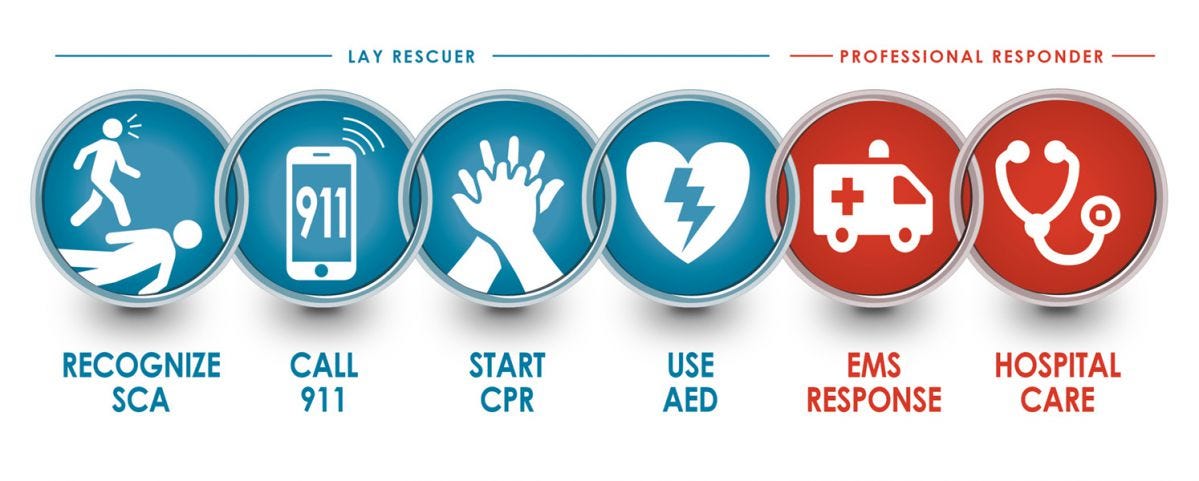
According to the Red Cross, the adult in-hospital chain of survival is similar and originally included 4 steps:
- Early access to emergency medical care
- Early CPR
- Early defibrillation
- Early advanced cardiac life support
A technical fifth care step (integrated post-cardiac arrest hospital care) similar to the out-of-hospital chain of survival was added in 2010, and an additional sixth "recovery" step related to care beyond the hospital.
Early Recognition and Call for Emergency Assistance
The first link, early recognition of cardiac arrest and the prompt activation of the emergency response protocol, is absolutely essential. When an out-of-hospital cardiac emergency occurs, dial 911 immediately. If the incident should occur on a job site or in a professional setting, the internal alert system should also be triggered, which will improve the odds of obtaining skilled, on-site assistance and equipment as soon as possible.
If someone reports experiencing pain or discomfort in the chest, jaw, neck or back, lightheadedness, nausea, vomiting, shortness of breath, or discomfort in the arm or shoulder, call 911. If an individual is unresponsive and is not breathing, call 911. If you feel unconfident in your abilities to determine if someone needs emergency medical care, take the time to study and recognize cardiac arrest.
If possible, send someone to retrieve the nearest automated external defibrillator (AED). Immediate Basic life support including early defibrillation and CPR from emergency responders are the keys to improving survival rates for most cardiac arrests.
Is it Sudden Cardiac Arrest or a Heart Attack?
What’s the Difference Between a Heart Attack and Sudden Cardiac Arrest? Well, in short, a heart attack is caused by a blockage in a vein or artery and SCA is caused by an electrical malfunction in the heart. Cardiac arrest may be caused by a heart attack, SCA, drowning, electrocution, or an obstructed airway. To make matters even more confusing, symptoms of a heart attack may vary and can be different for men than for women.
Don’t hesitate to call 911! It’s always better to be safe than sorry.
Prompt CPR with Chest Compressions
The second link dictates that CPR should commence immediately after a cardiac arrest has occurred. If you do not know how to perform CPR, a 911 operator will talk you through the procedure. If you are not trained in CPR, use hands-only CPR by pushing hard and fast on the center of the chest at a rate of 100-120 compressions per minute. The compression depth for adults should be at least two inches and the chest should recoil completely between compressions.
Anyone can perform CPR, and if possible it should be done without interruption until skilled emergency medical responders arrive.
Remember, any assistance is better than no assistance at all.
Rapid Defibrillation
As soon as an AED becomes available, the rescuer should place the device next to the victim. Simply turn it on and follow the visual and audio prompts. If a shock is advised, stand clear and make sure no one is in contact with the patient, then administer the shock. Sadly, many cardiac arrest victims die due to lack of AED availability. Making sure you know where the nearest AED is may save a life.
The Zoll AED Plus, for example, will inform the rescuer when they are or aren’t pushing hard or fast enough. It’ll even show you the depth of each compression in real-time. The AED Plus offers support to help rescuers successfully complete the Chain of Survival.
Basic and Advanced Care
The fourth link, basic and advanced emergency medical services, refers to the rapid response of highly trained and equipped EMS personnel who can respond to the patient, administer medications, and offer advanced respiration procedures and interventions as needed. This step is often dependent upon the very first link in the chain: early recognition and call for emergency assistance!
Advanced Life Support and Post Cardiac Arrest Care
The fifth and final link, Advanced Life Support and Post Cardiac Arrest Care, is best left to health professionals. It may involve a multidisciplinary care team composed of cardiologists, physical therapists, and dieticians that provide support before and after hospital discharge.
Ready to learn CPR or First Aid? AED.com is a trusted nationwide CPR training center. We offer CPR, First Aid, AED, and bloodborne pathogen training courses in all 50 states in traditional classroom settings and in blended learning courses. To learn more about our courses or to schedule a training, call our team at 800-544-0004 or email AED.com at customerservice@cardiopartners.com. We’d love to hear from you!
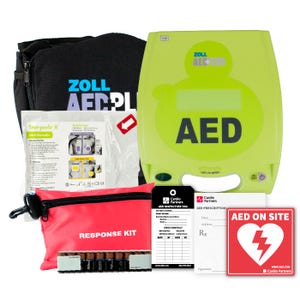





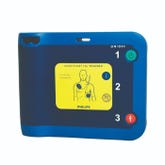
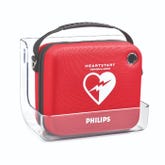
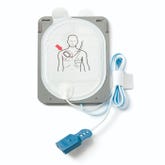
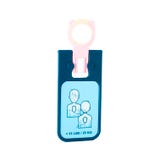
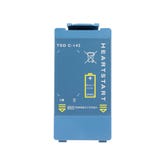
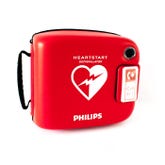
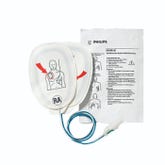
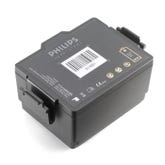
 CALL US:
CALL US: